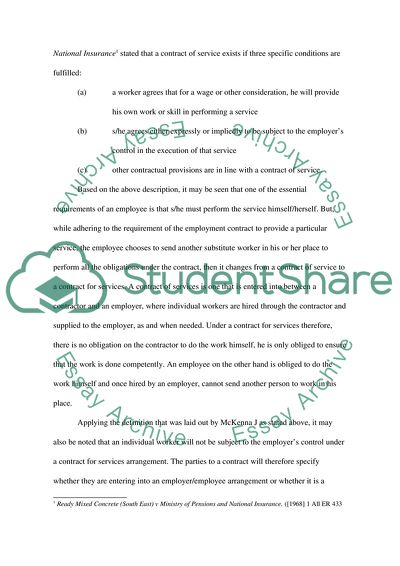Cite this document
(Contract of Service Assignment Example | Topics and Well Written Essays - 2250 words - 5, n.d.)
Contract of Service Assignment Example | Topics and Well Written Essays - 2250 words - 5. https://studentshare.org/law/1717610-employment-law
Contract of Service Assignment Example | Topics and Well Written Essays - 2250 words - 5. https://studentshare.org/law/1717610-employment-law
(Contract of Service Assignment Example | Topics and Well Written Essays - 2250 Words - 5)
Contract of Service Assignment Example | Topics and Well Written Essays - 2250 Words - 5. https://studentshare.org/law/1717610-employment-law.
Contract of Service Assignment Example | Topics and Well Written Essays - 2250 Words - 5. https://studentshare.org/law/1717610-employment-law.
“Contract of Service Assignment Example | Topics and Well Written Essays - 2250 Words - 5”. https://studentshare.org/law/1717610-employment-law.


